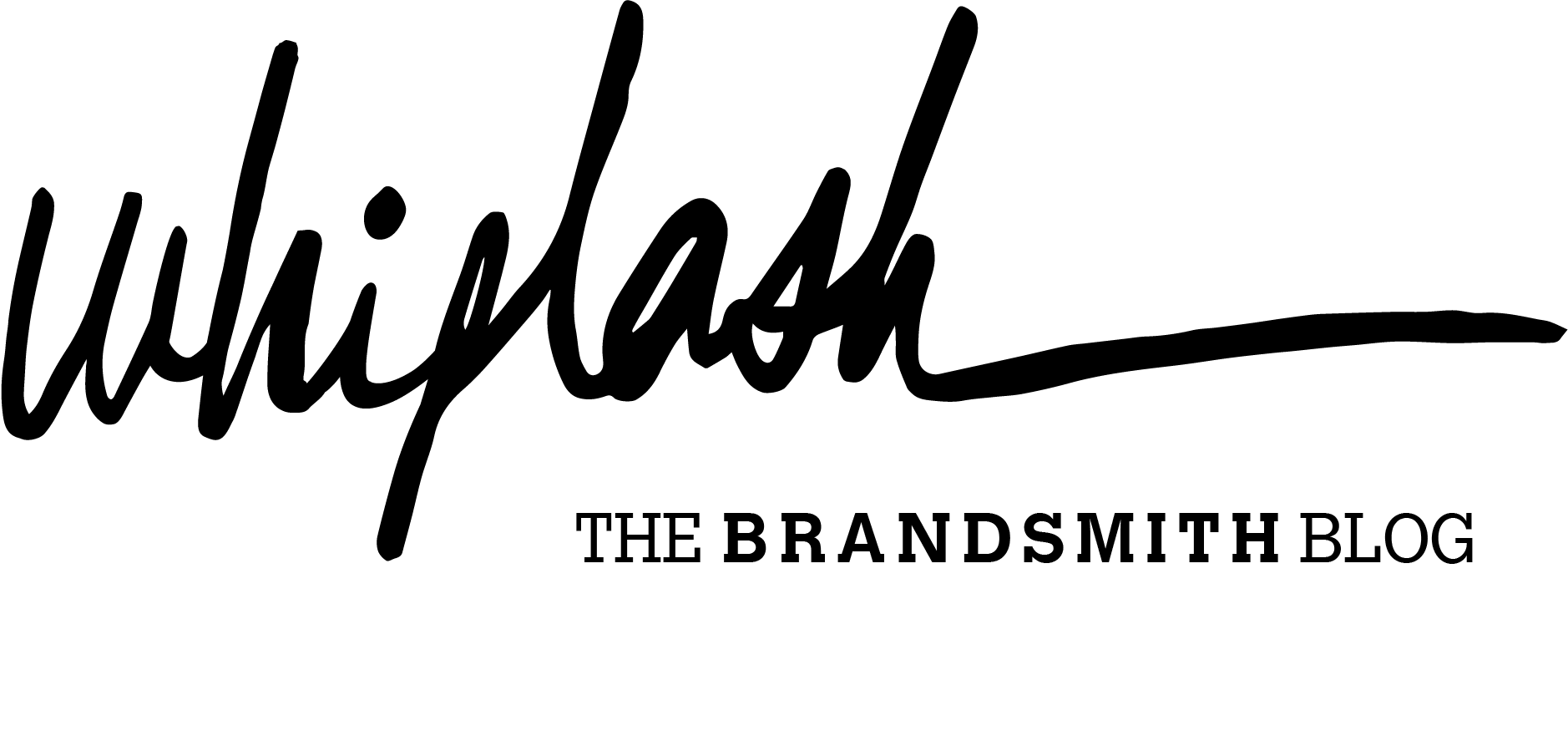
09 Oct Sustainability remains a priority for brands
Whiplash Team, October 9th, 2020
Sustainability remains a priority for brands
Even though coronavirus continues to monopolize the media’s attention, sustainability and the need to make structural changes in business models to continue towards a circular economy remains amongst the priorities for consumers. The fashion industry has been one of the first to make commitments to improve transparency in supply chains and make their production processes more sustainable, but there is still much to do.
While COVID-19 has been in the spotlight for almost all of 2020, issues like climate change, sustainability, and the need to adopt a circular economy are still there. And not only that, they are the keys to take advantage of the opportunity that the global crisis caused by the pandemic offers to build a different normality, more responsible with the society and the planet.
This week, in what the brand itself described as “a transparency exercise”, MANGO published the location of the 822 factories that have produced its clothes in 2020. The information revealed that all the facilities are owned by third parties and that more 94% are located in Asia (79.70%) and Africa (9.12%). A figure that contrasts with the one offered in 2018 by the head of CSR, Beatriz Bayo, who stated that “MANGO uses 1,208 factories, 40% of which are located in countries close to Spain (Europe, Morocco, Tunisia and Turkey) although -if we consider production volume, the main supplier market continues to be Asia, mostly China, followed by Bangladesh and Vietnam”.
During the last 15 years clothes production has doubled thanks to “fast fashion”, fast and cheap clothing with much shorter life cycles. According to the 2018 Fashion Measuring Report undertaken by the sustainability consultancy Quantis, the textile industry is responsible for 6.7% of greenhouse gas emissions. Furthermore, according to data from the global movement Fashion Revolution, more than 34% of global microplastics contamination comes from the textile industry.
As consumers have become aware that their shopping habits have consequences for the planet and have adopted more responsible habits, transparency has become increasingly important within the fashion industry. The data, together with the pressure exerted by buyers, has caused the fashion industry to be one of the first to reach agreements to fight climate crisis and protect diversity and the oceans.
In mid-2019 the fashion industry took a step forward and 32 entities, including large groups such as Inditex (Zara, Pull & Bear, Massimo Dutti, Bershka, Stradivarius, Oysho, Zara Home and Uterqüe), H&M (H&M, Weekday, Monki, COS (Collection Of Style), H&M Home, & Other Stories, Arket and AFound), Chanel, GAP and the Kering group (Gucci, Yves Saint Laurent, Sergio Rossi, Boucheron, Bottega Veneta, Balenciaga, Alexander McQueen, Stella McCartney, Brioni and Girard-Perregaux), signed what was called “the fashion pact”, in which they promised to improve considerably the sustainability of the sector.
However, a lot remains to be done. For the moment, transparency has been adopted in the production chain, making public where the raw materials come from and where and how the articles that will reach the shelves are produced. It is clear that today no brand can afford not to adopt good practices in its value chain because that would imply receiving criticism from consumers and the media alike with the l damage to reputation that this entails.
However, if the goods are produced in countries where workers’ rights are on the verge of non-existence, we cannot say that we are truly embracing sustainability. Similarly, the transport of goods and materials, from one point to another in the supply chain, must be a key point if brands want to create a truly sustainable business model.
But for this to happen, as Ángel Escribano points out in his interview in the series Positive change for the day after, brands must have people as their keystone, not just profitability. “If they don’t have that focus, if they don’t have that perspective, we haven’t learned anything. There will be no change. Brands must look at the people, the workers who are within their organization with truth, that is for real. That it be with an objective and that the objective is the people”. Because what sustainability is about is guaranteeing the needs of the present without compromising those of future generations, and this includes not only the environmental or economic aspect, but also the social one.
All of this implies that sustainability must be present from beginning to end in all processes involved in the supply chain. From raw materials to packaging and transportation. That is why sustainability cannot be addressed solely as a reputation-building factor, it must be embedded in the raison d’être of each brand.

























